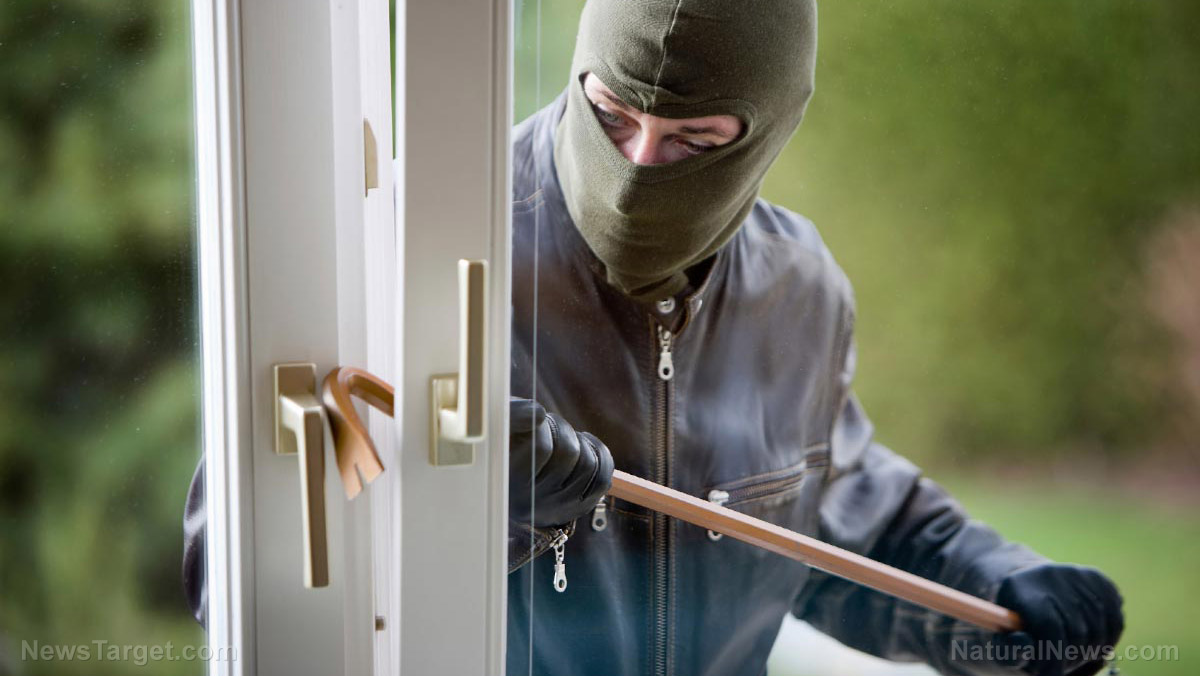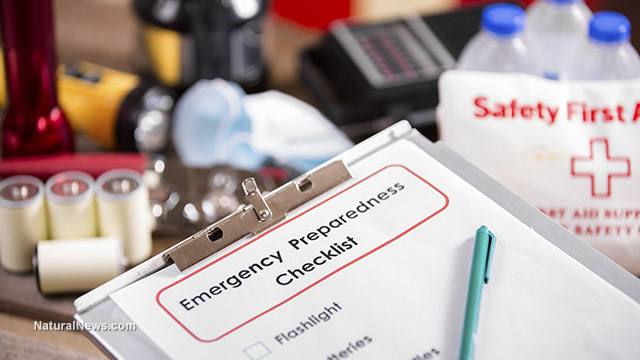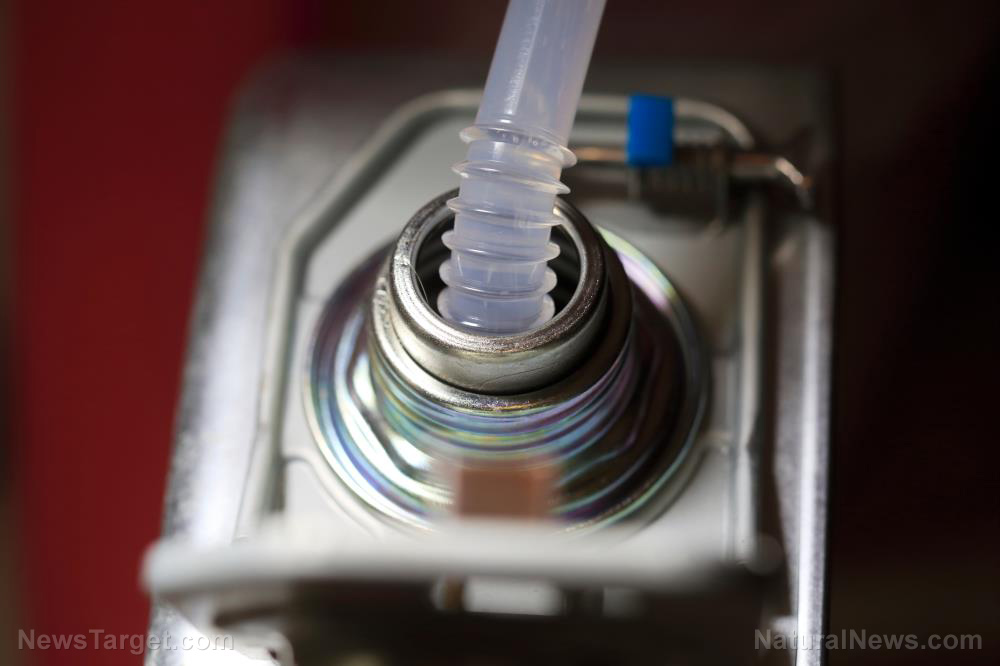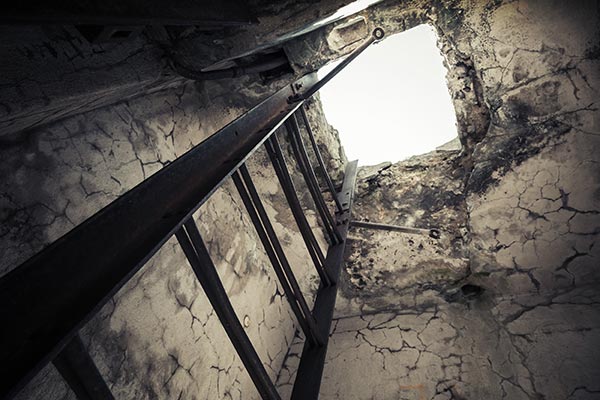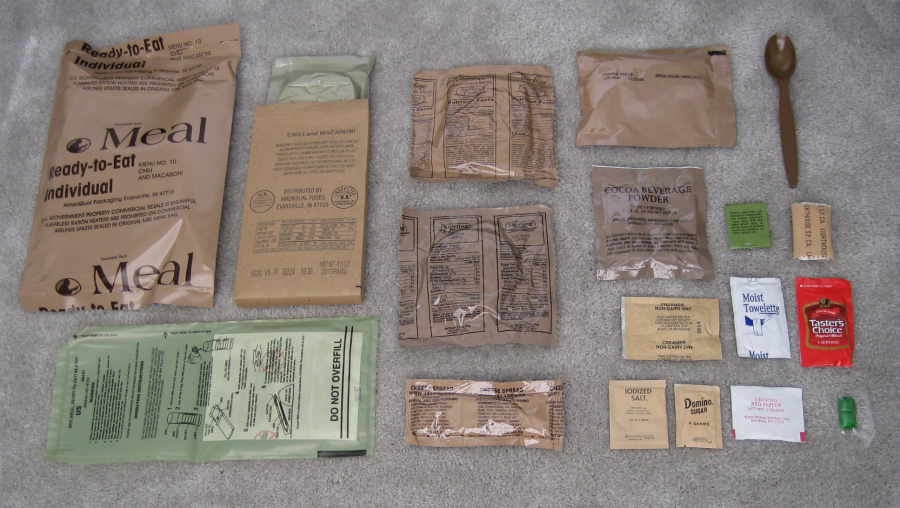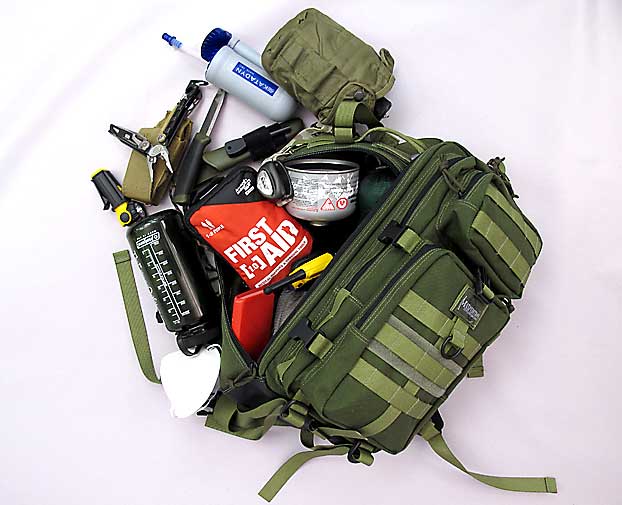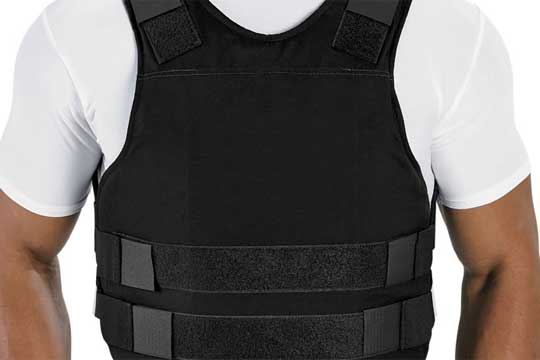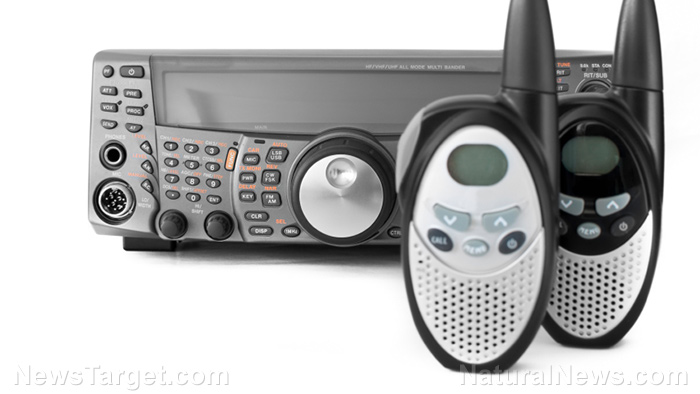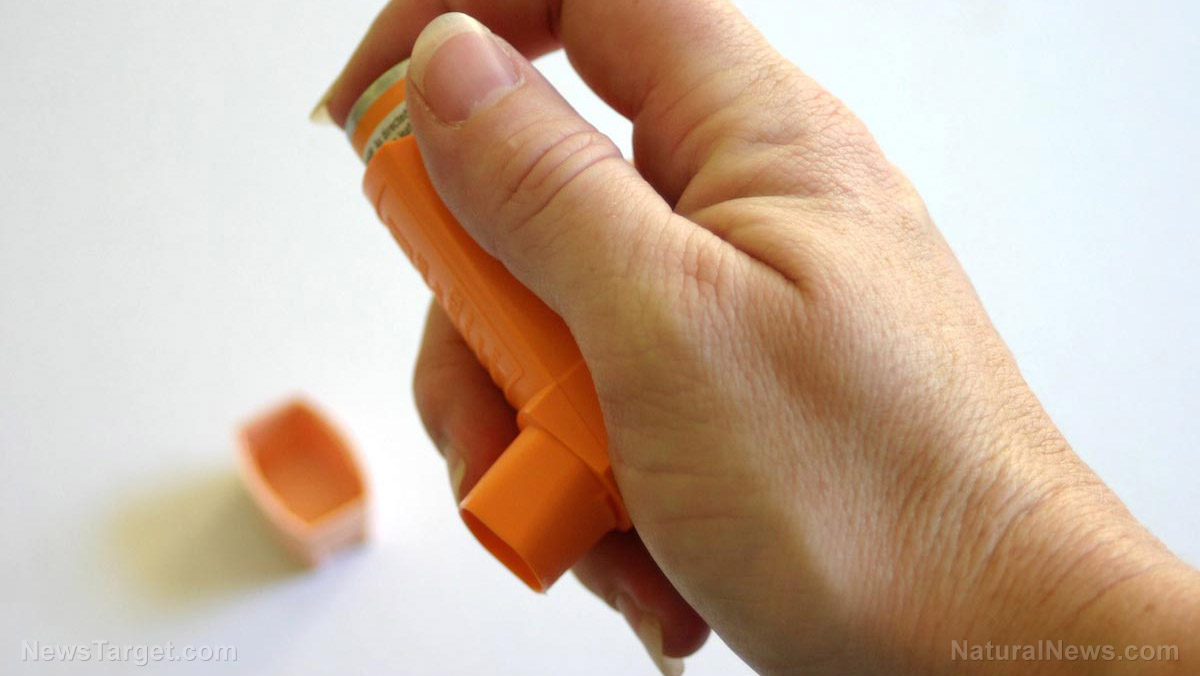Prepper tips: How to build a product stockpile
08/03/2021 / By Divina Ramirez

When SHTF, it’s not just food and water you need to worry about. Products like hand sanitizers and toothpaste will also run out during an emergency. Product prices also tend to increase during a crisis. By stocking up now, you’ll be buying essential products you’ll need later at today’s lower prices.
Follow the tips below to get started building your own product stockpile: (h/t to ApartmentPrepper.com)
1. Find space
Find a place to put your stockpile. It doesn’t have to be your kitchen. You can also use a spare room or dedicate shelves in the garage for your stockpile. If you find you don’t have enough room for your stockpile, set aside some time to declutter. Get rid of any items you haven’t used in a year to make space.
If you only have a small area to spare, take advantage of it by using space-saving shelves or stackable boxes. Just make sure the area you choose is away from direct sunlight as it can affect the quality of your items.
2. Determine the products you use frequently
List down the things that you and your family members use in a day. This way, you know how many of each product to buy for your stockpile. For example, if your household goes through two toilet paper rolls every day, a month’s worth of toilet paper would be 56 rolls.
Doing this helps you avoid overstocking and ensures you buy only the products that you actually use.
3. Set a budget and stick to it
Don’t try to buy everything you need for your stockpile at once. If you don’t want to break the bank building your stockpile, set a budget. Your budget will depend on how many products you need to buy, how long you plan to build your stockpile and the amount of money you can spare monthly towards building it.
4. Buy items out of season
Products tend to be more expensive when they are in season. For example, you may be hard-pressed to find affordable winter clothes and gear in the middle of winter or a cheap indoor fan in the middle of summer.
Sometimes, it’s better to wait until the season has passed before you buy seasonal supplies. Buy winter gear during the summer when prices are at an all-time low or buy an indoor fan in the winter when it’s least needed.
5. Take advantage of sales and other deals
Keep an eye out for weekly or monthly sales, limited deals or in-store promotions. Stores also have rewards programs to encourage customers to keep shopping with them. You can save money by taking advantage of these deals and promos on top of timing your seasonal purchases.
Sometimes, other stores have more competitive prices as well. Visit different stores and take note of the prices. Compare prices to get the best deals and save money.
6. Rotate your supplies
Non-food products, such as soap, shampoo and even bandages, can deteriorate over time. Like food and water, these products need to be rotated so that you’re not left with expired items when you need them most.
Take note of the expiration date on each item. Store those that will expire the soonest in front or on top of your stockpile for easy access. (Related: Food rotation is important if you have freeze-dried or dehydrated foods in your stockpile.)
Preparing before SHTF is not just about stocking up on food and water. You should also have a stockpile of non-food essentials, such as cleaning products and seasonal clothes and gear. Follow the tips above to build your own product stockpile.
Sources include:
Tagged Under: homesteading, how-to, off grid, preparedness, prepper, prepper tips, prepping, SHTF, Stockpile, stockpiling, survival, sustainable living, tips
RECENT NEWS & ARTICLES
COPYRIGHT © 2017 OFFGRID NEWS

